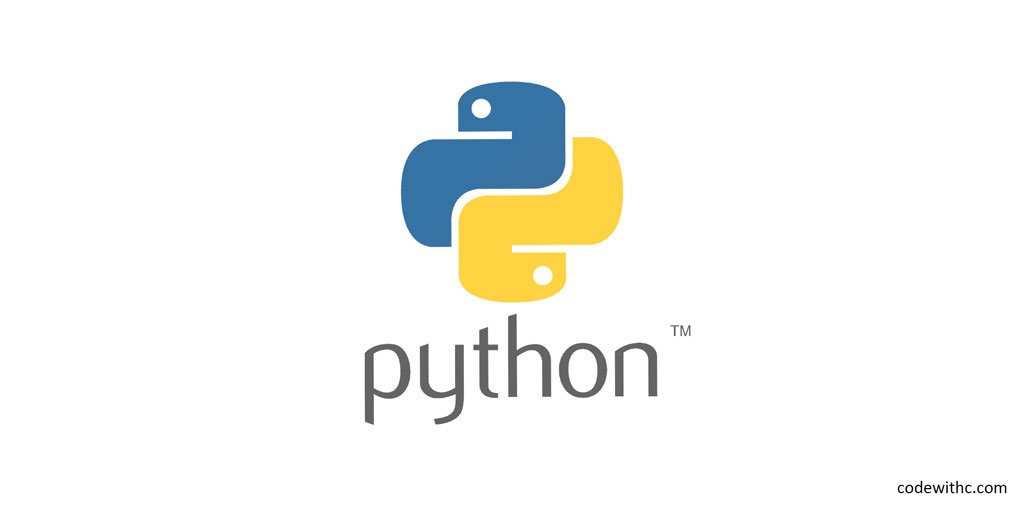In a digitally-driven world, managing date and time is pivotal in applications ranging from simple reminders to complex scheduling systems. Python, with its comprehensive datetime module, provides robust tools for such tasks. Today, we’ll embark on a journey through Python’s time management capabilities, highlighting how to effectively manipulate and represent temporal data.
Whether you’re logging events, scheduling tasks, or analyzing time-series data, a grasp on date and time handling is crucial. Python’s datetime module offers classes for manipulating dates, times, and intervals.
Let’s explore a practical example where we compute the number of days between two dates:
Program Code:
from datetime import datetime
def days_between_dates(date1_str, date2_str, date_format="%Y-%m-%d"):
date1 = datetime.strptime(date1_str, date_format)
date2 = datetime.strptime(date2_str, date_format)
delta = date2 - date1
return delta.days
# Testing the function
start_date = "2023-01-01"
end_date = "2023-12-31"
days_difference = days_between_dates(start_date, end_date)
print(f"Days between {start_date} and {end_date}: {days_difference}")
Explanation:
In this enlightening code:
- We import the
datetimeclass from thedatetimemodule. - We define a function named
days_between_datesthat computes the difference in days between two date strings. - Using
datetime.strptime, we convert the date strings into datetime objects. - We then calculate the difference (or ‘delta’) between the two dates and return the number of days.
- We test the function with two dates from the year 2023 and print the result.
Expected Output:
Days between 2023-01-01 and 2023-12-31: 364
Wrapping Up:
Python’s datetime module stands as a testament to the language’s commitment to providing powerful tools for diverse tasks. With its rich set of functions and classes, managing temporal data has never been more accessible and intuitive.







